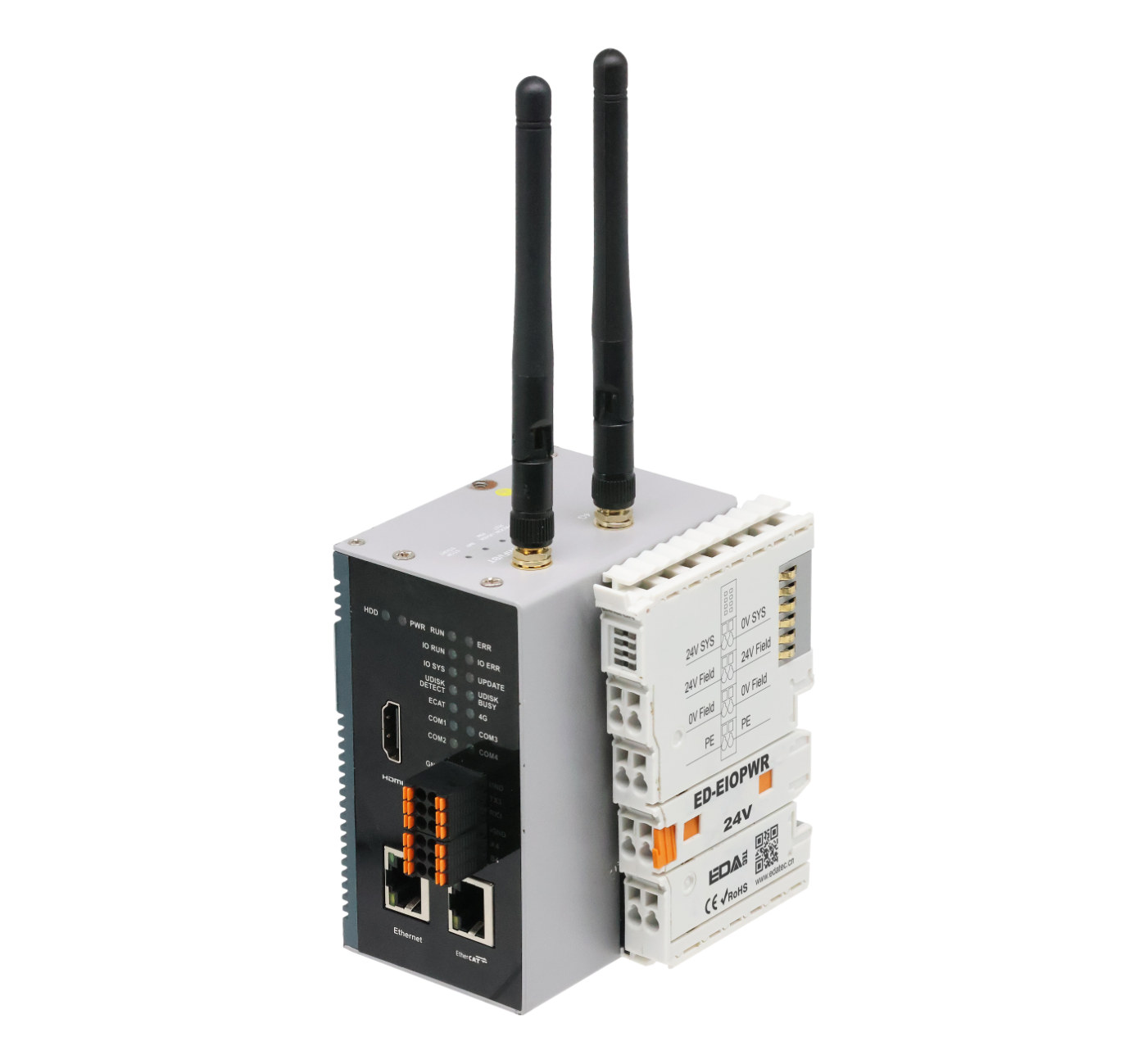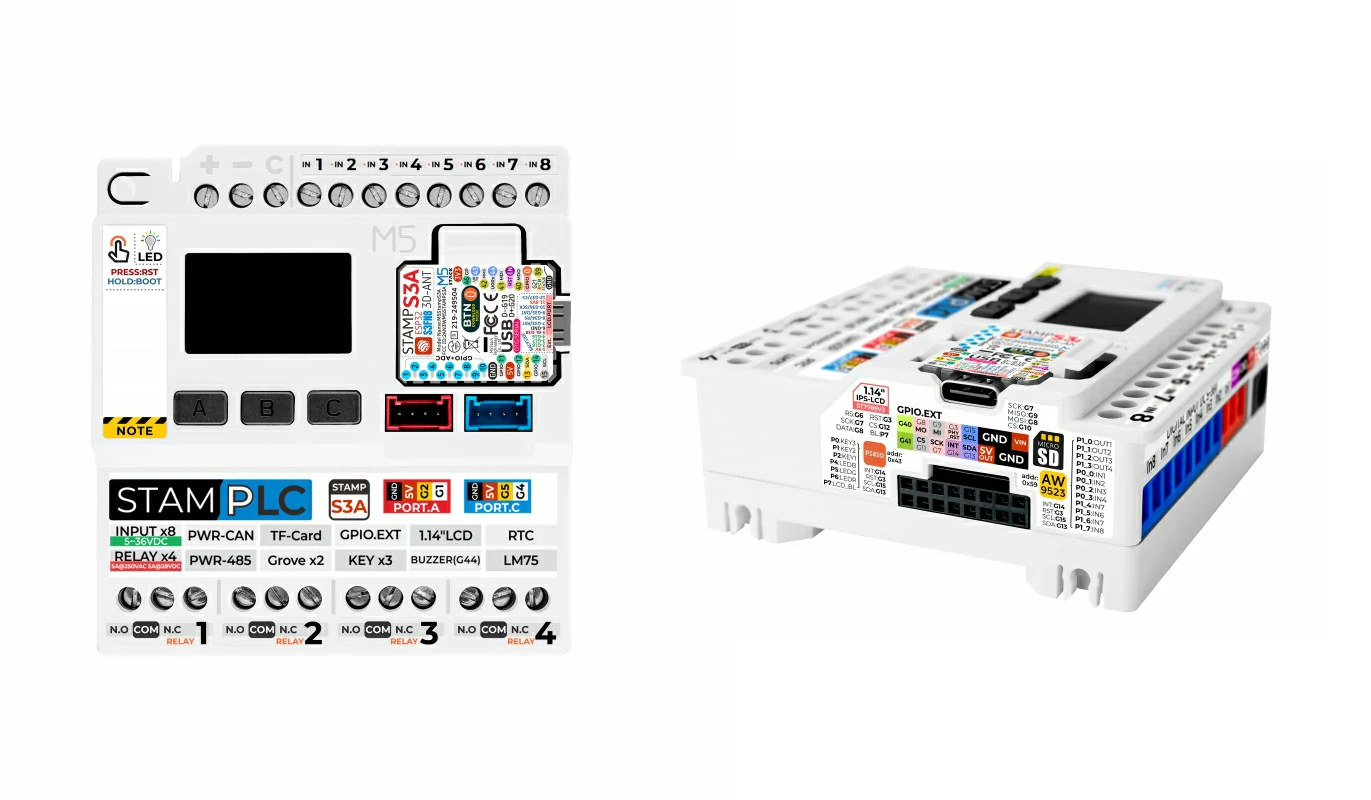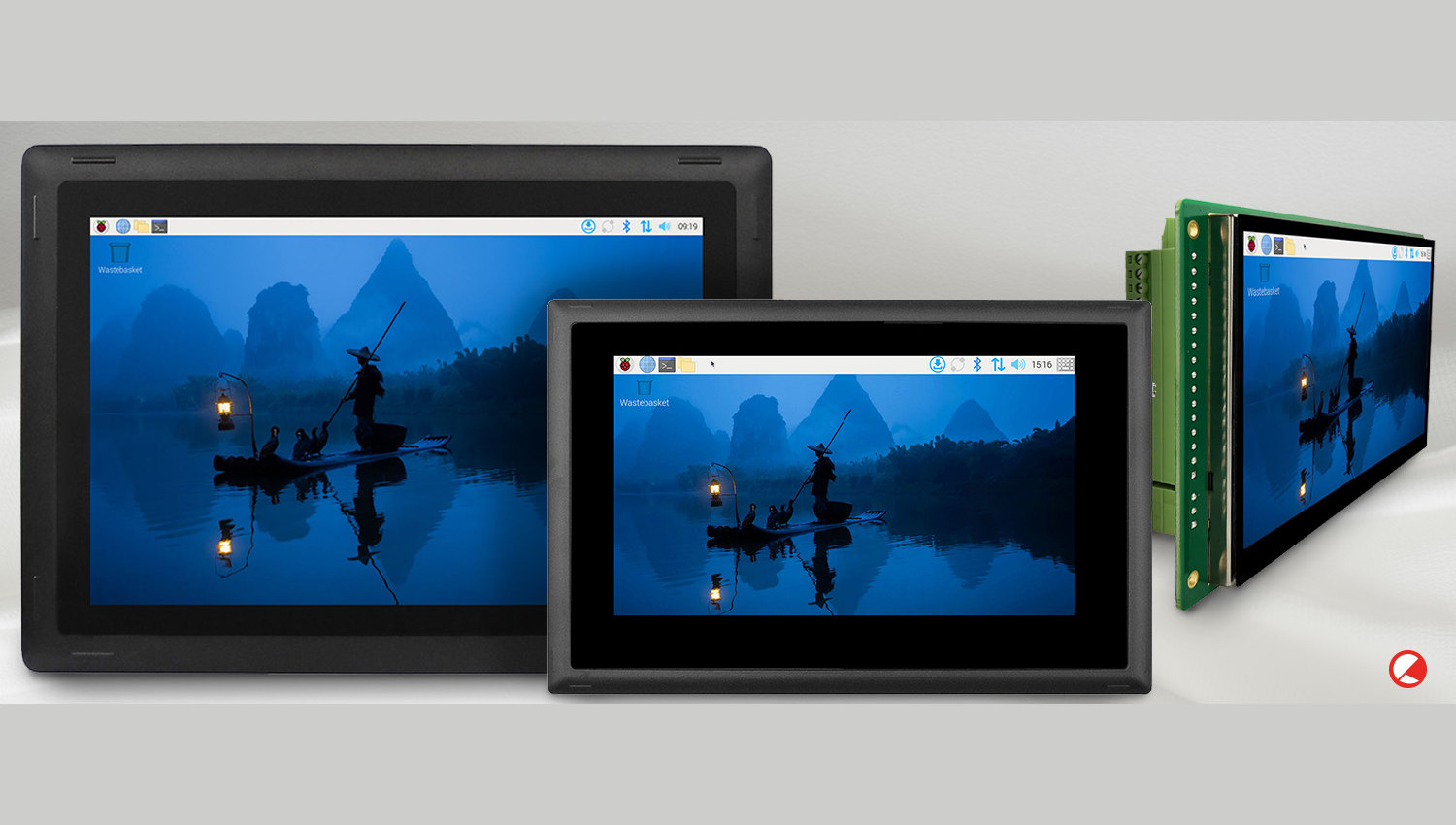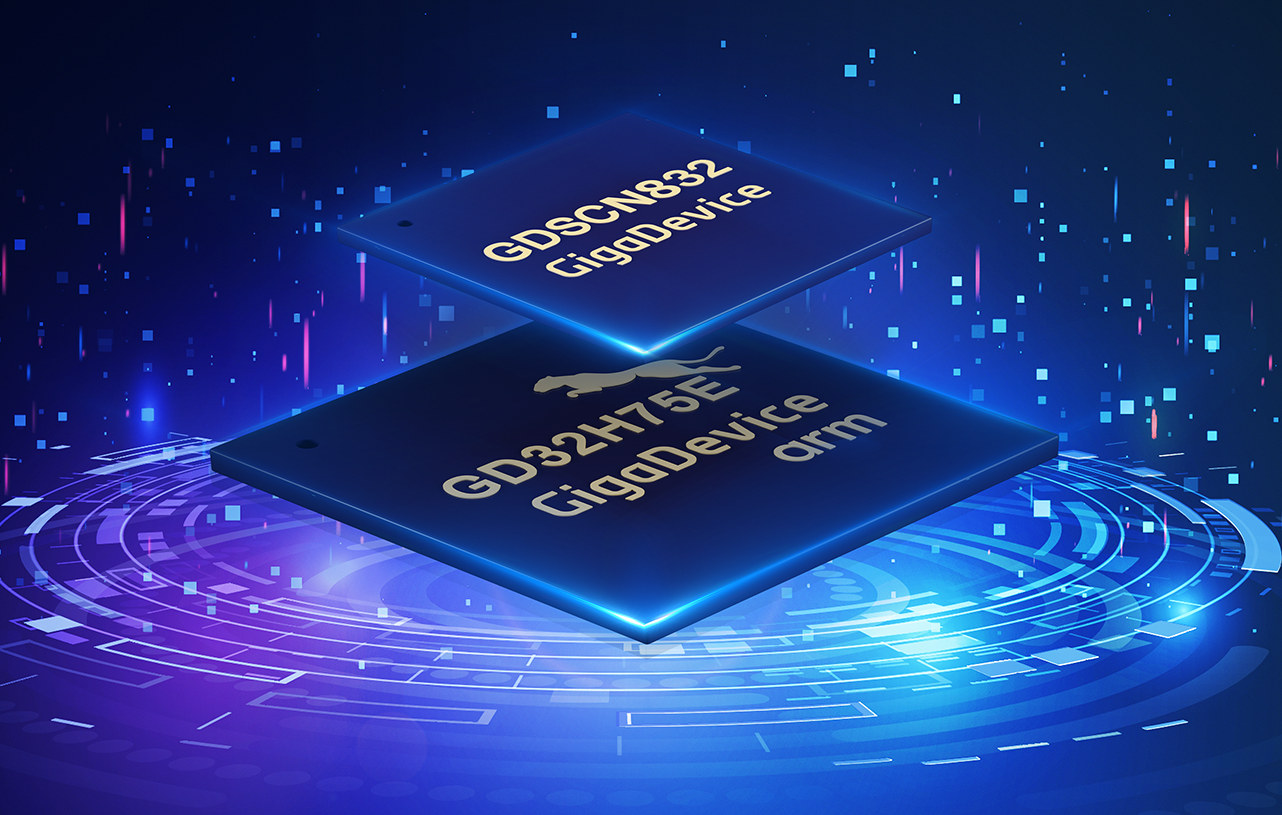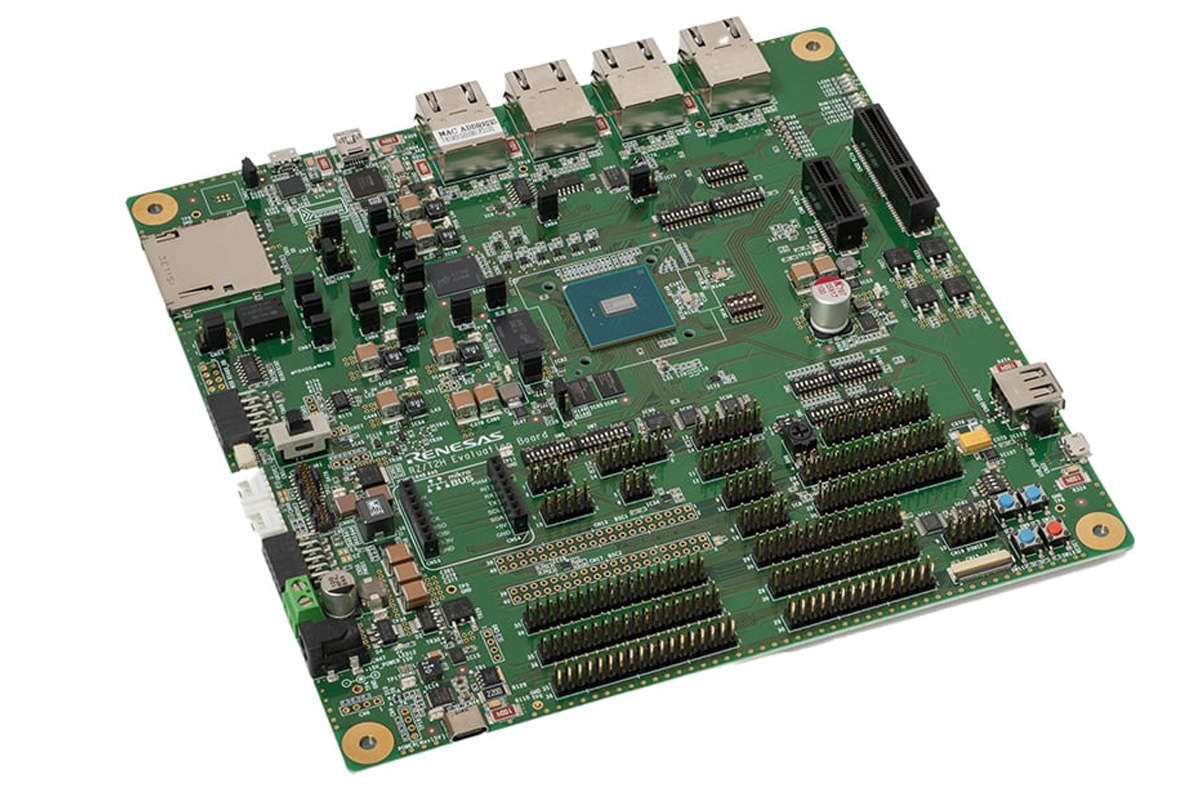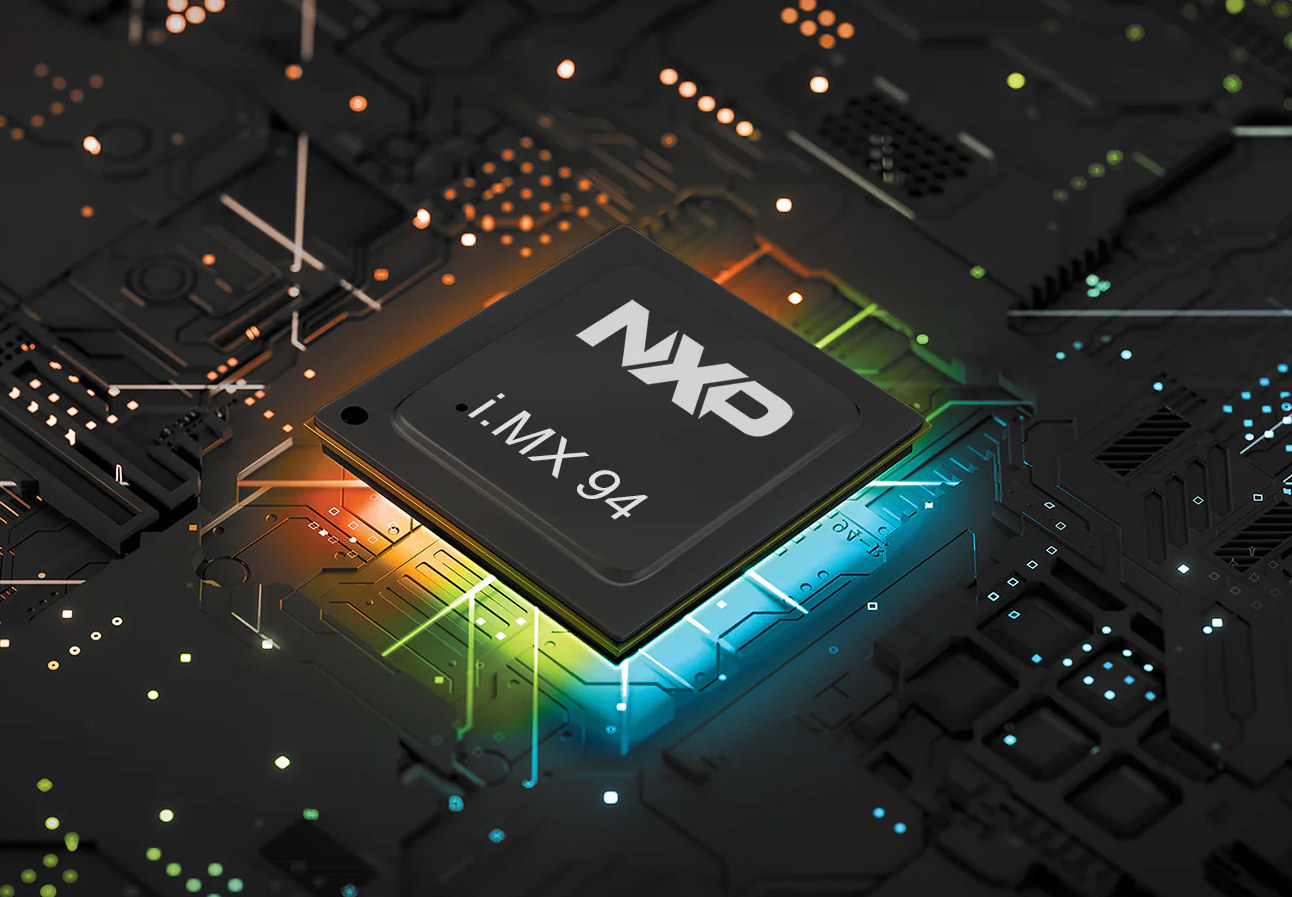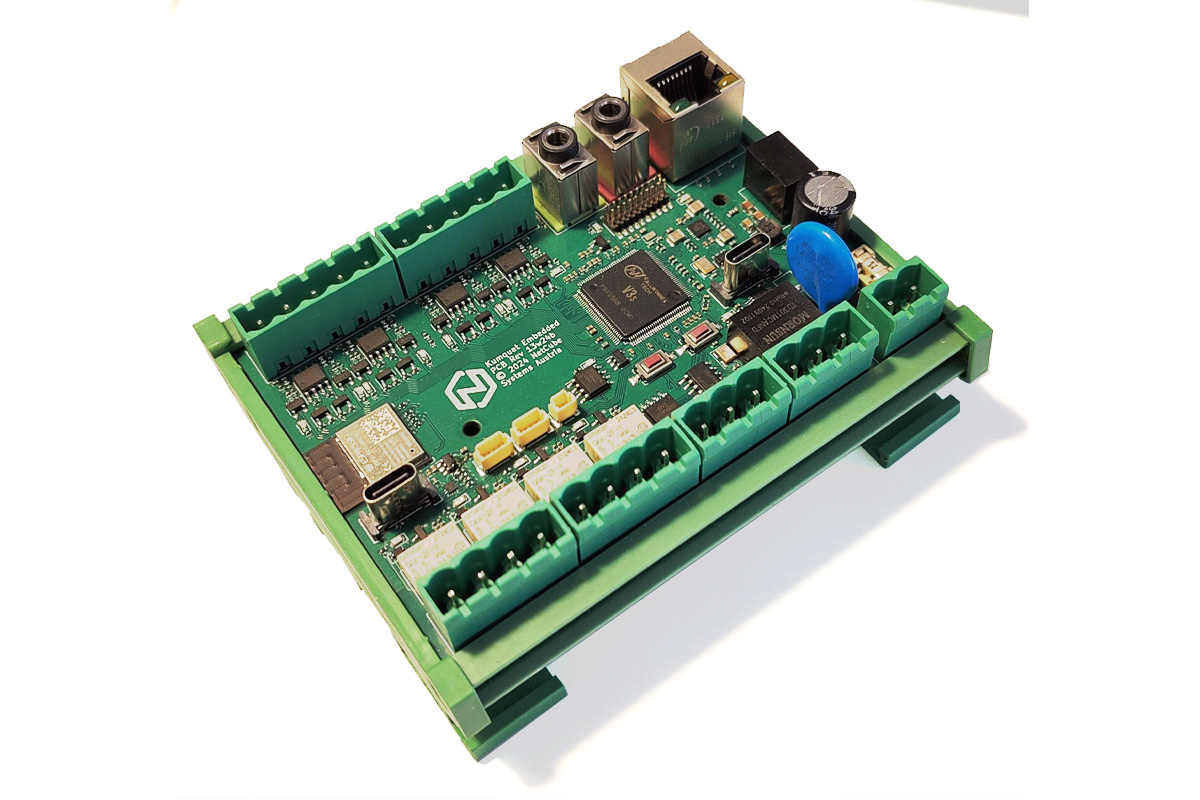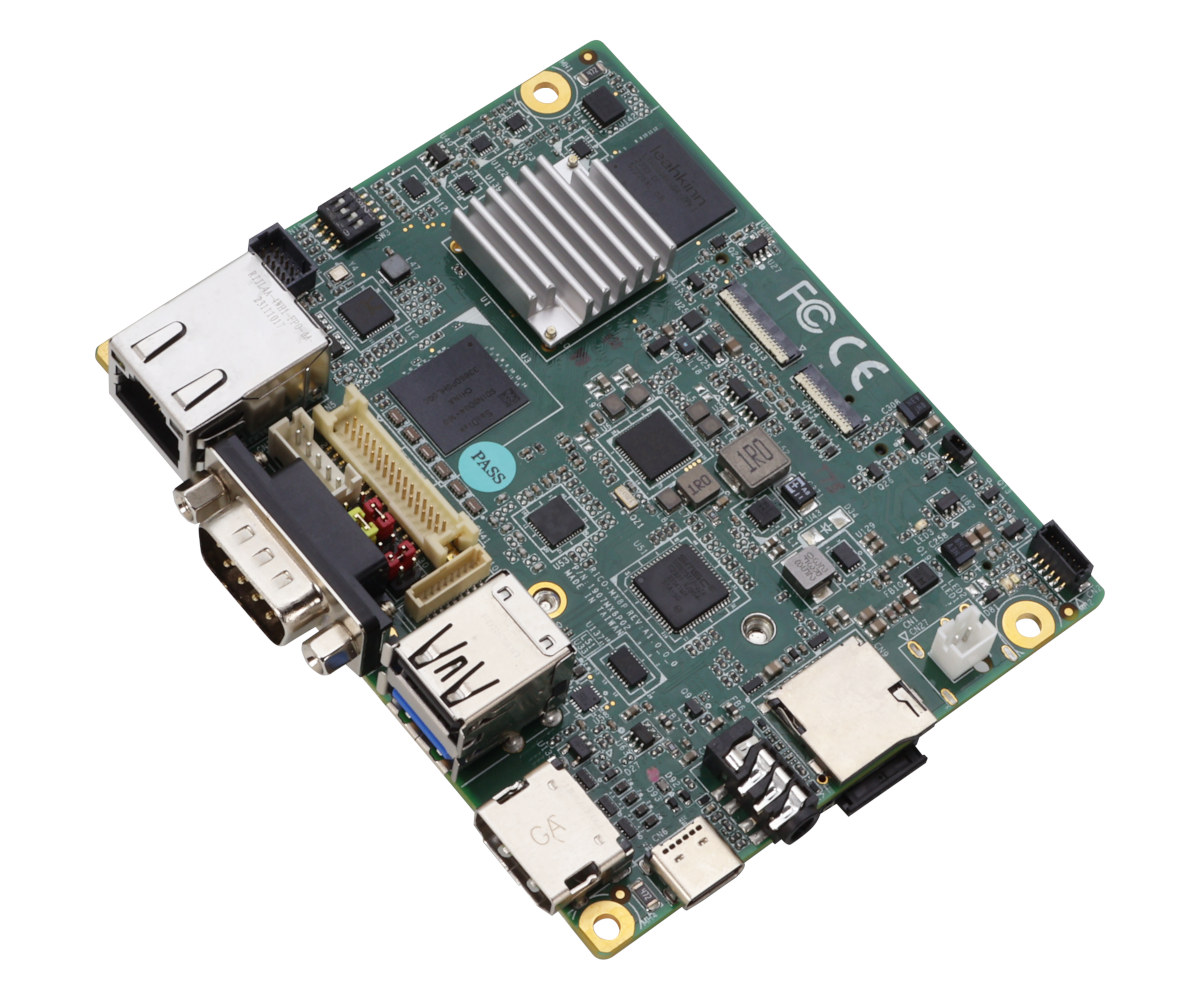EDATEC ED-PLC2010 is an industrial controller powered by a Raspberry Pi CM4, supporting EtherCAT and Modbus interfaces, up to 32 I/O modules, and preloaded with CODESYS runtime for real-time core and visualization capabilities. DIN Rain-mountable Raspberry Pi CM4 industrial controllers are not exactly new, with products such as Modberry 500 CM4 and Edgebox-RPI4 announced shortly after the launch of the Raspberry Pi Compute Module 4 in 2020. More recently (2024), Seeed Studio introduced the reComputer R1113-10 IoT gateway, and Sfera Labs launched the Strato Pi Max. TECHBASE also upgraded the Modberry 500 with a more powerful CM5 module. EDATEC ED-PL2010 mostly differentiates itself by shipping with a licensed version of CODESYS runtime for industrial automation. It’s also possible with other vendors, but the license might need to be purchased separatly. EDATEC ED-PLC2010 specifications: SoM – Raspberry Pi CM4 SoC – Broadcom BCM2711 CPU – Quad-core Cortex-A72 SoC @ 1.5GHz GPU […]
M5Stack StamPLC – An ESP32-S3-based PLC with opto-isolated inputs, relay ouputs, RS485, CAN Bus, and more
“M5Stamp PLC Controller with M5StampS3” or just “M5Stack StamPLC” is a programmable logic controller (PLC) based on the StampS3A ESP32-S3 wireless module and offering 8 opto-isolated digital inputs, 4 relay outputs supporting both AC and DC loads, plus RS485 and CAN Bus interfaces. The DIN Rail IoT controller also features a 1.14-inch color display, a RESET/BOOT button, 3 user buttons, and a buzzer or user interaction. The M5Stack StamPLC also integrates an LM75 temperature sensor and an INA226 voltage/current sensor, as well as a microSD card slot for data storage, and it can take a wide voltage input between 6 and 36V DC. M5Stack StamPLC specfications: Control Module – StampS3A (similar to M5Stamp S3) SoC – Espressif Systems ESP32-S3FN8 CPU – Dual-core 32-bit Xtensa LX7 microcontroller with AI vector instructions up to 240MHz, RISC-V ULP co-processor Memory – 512KB SRAM Storage- 8MB flash Wireless – 2.4GHz WiFi 4 (802.11b/g/n), Bluetooth […]
Chipsee introduces 7-inch and 10.1-inch industrial panel PCs powered by Raspberry Pi CM5
Chipsee has introduced three new panel PCs powered by the Raspberry Pi Compute Module 5 (CM5), namely the EPC-CM5-070, PPC-CM5-070, and PPC-CM5-101, designed for automation, manufacturing, and industrial applications. The EPC-CM5-070 is a compact 7-inch open frame embedded panel PC with armored glass, the PPC-CM5-070 is also a 7-inch panel PC but with VESA/panel mounting and a rugged metal enclosure, and the PPC-CM5-101 features a 10.1-inch touchscreen display and support for an extended temperature range. Chipsee EPC-CM5-070 – A 7-inch open frame panel PC Specifications: SoM – Raspberry Pi CM5 with Broadcom BCM2712 quad-core Cortex-A76 SoC, 4GB or 8GB RAM, 32GB eMMC flash Storage MicroSD card slot M.2 M-Key 2230/2242 (PCIe Gen2 x1) socket for NVMe SSD Display – 7-inch display with 1024×600 resolution, 5-point capacitive touchscreen, 500 NIT brightness Video Output – HDMI port Audio 3.5mm audio out jack Internal 2W Speaker Buzzer Camera – Optional support Networking Gigabit […]
GigaDevice GD32H75E – A 600MHz Arm Cortex-M7 MCU with an EtherCAT SubDevice Controller
GigaDevice has launched its first EtherCAT SubDevice Controller with the GDSCN832 along with the 600 MHz GD32H75E Arm Cortex-M7 microcontroller series which incorporates the EtherCAT SubDevice Controller. The GH32G57E microcontroller also comes with 1024KB SRAM, 3840 KB flash with protection, up to two Ethernet PHY, USB Full Speed and High-Speed interfaces, and a range of peripherals and timers. Both products are made for the industrial automation market and are suitable for servo control, variable frequency drives, industrial PLCs, and communication modules. Gigadevice GD32H75E specifications: CPU – Arm Cortex-M7 32-bit processor core operating at 600 MHz frequency Memory and Storage 512KB AXI SRAM 512KB RAM shared (ITCM/DTCM/AXI) memory 3840 KB on-chip Flash memory with security protection to prevent illegal code/data access External memory controller (EXMC) for SRAM, PSRAM, ROM, and NOR Flash Accelerator – Filter arithmetic accelerator (FAC) and Trigonometric Math Unit (TMU) Industrial communication 2x Ethernet PHYs (YMJ6 parts only) […]
Renesas RZ/T2H Cortex-A55/R52 industrial MPU and Dev Board support EtherCAT, PROFINET, and TSN
Renesas RZ/T2H industrial MPU is the most powerful member of its RZ/T2 series of real-time microprocessors. The MPU features four Arm Cortex-A55 CPUs for application tasks and two Cortex-R52 CPUs for real-time control. It supports 9-axis motor control with 3-phase PWM timers, delta-sigma interfaces, and encoder interfaces. It also supports Industrial Ethernet protocols like EtherCAT, PROFINET, and TSN. These features make it ideal for industrial applications such as industrial robots, PLCs, motion controllers, and CNC machines. Renesas launched the RZ/T2L single-core Arm Cortex-R52 MPU just last year, and before that, in 2022, they launched the RZ/T2M dual Arm Cortex-R52 MPU. The RZ/T2L was just a cost-down version of RZ/T2M with an EtherCAT controller, compared to those old controllers the latest RZ/T2H supports 9-axis motor control and compatibility with various industrial Ethernet protocols. Renesas RZ/T2H specifications: CPU 4x Arm Cortex-A55 (64-bit) clocked at up to 1.2GHz with 32KB L1 I/D cache, 1MB L3 cache 2x […]
NXP i.MX 94 octa-core Cortex-A55/M33/M7 processor targets Edge AI industrial and automotive applications
NXP i.MX 94 is an octa-core Arm SoC with up to four Cortex-A55 application cores, two Arm Cortex-M33 real-time/functional safety cores, two Arm Cortex-M7 real-time/functional safety cores, and an NXP eIQ Neutron NPU designed for Edge AI industrial and automotive applications I initially thought it would be a cost-down version of the NXP i.MX 95, and while it shares many of the same features, it’s more an application-specific processor designed specifically for industrial and automotive applications, lacking a 3D GPU, camera input interfaces, a MIPI DSI display interface, and 10GbE networking, but increasing the number of real-time cores (at the cost of application cores) and adding several networking features such as an Ethernet time-sensitive networking (TSN) switch, 2.5GbE interface, an Ethercat controller, and support for industrial protocols like Profinet or OPC-UA FX. NXP i.MX 94 specifications: CPU Up to 4x Arm Cortex-A55 cores 2x Arm Corex-M7 cores, one for functional […]
Kumquat – An Allwinner V3s embedded system board with isolated CAN, Ethernet and ESP32 for WiFi and Bluetooth
The Kumquat is an Allwinner V3s board designed for industrial automation, home automation, IoT projects, robotics, and embedded system development. The Allwinner V3s features ARM Cortex-A7 cores with 64MB DDR2 RAM and 8MB SPI flash storage. Connectivity options include Ethernet, USB-C, isolated CAN-FD, and WiFi/Bluetooth via an ESP32 module. Additionally, it has eight auto-detecting 12/24V IOs, four relays for controlling external devices, and a real-time clock with battery backup. The Kumquat runs on Buildroot Linux with a mainline kernel and can be programmed with various programming languages making it a great alternative to traditional PLCs. Kumquat board specification SoC – Allwinner V3s CPU – ARM Cortex-A7 @ up to 1.2 GHz Memory – Integrated 64MB DDR2 DRAM clocked at 400MHz @ 1.5 V Video engine Storage 8MB SPI Flash for bootloader and user code I2C EEPROM for MAC addresses and user data SDIO Connector for eMMC or SD card Connectivity […]
AAEON RICO-MX8P fanless Pico-ITX Plus SBC is powered by NXP i.MX 8M Plus AI processor
AAEON has launched another Pico-ITX Plus SBC with the RICO-MX8P single board computer powered by an NXP i.MX 8M Plus SoC with a 2.3 TOPS AI accelerator and equipped with up to 8GB LPDDR4 and a 16GB eMMC flash. The fanless 100x80mm board offers a range of interfaces such as HDMI 2.0 video output, gigabit Ethernet, two USB 3.2 Gen 1 ports (one Type-C OTG, one Type-A), RS-232/422/485 DB9 connector, and a 40-pin FPC connector for optional daughter boards. All these features make the RICO-MX8P SBC suitable for digital signage, retail kiosks, and industrial control systems such as PLCs and telemetry. AAEON RICO-MX8P specifications: SoC – NXP i.MX 8M Plus AI SoC CPU Quad-core Arm Cortex-A53 processor @ up to 1.6 GHz Arm Cortex-M7 real-time core @ 800 MHz GPU – Vivante GC7000UL 3D GPU, Vivante GC520L 2D GPU VPU – 720p60 H.265/H.264 video decoder & encoder Optional AI accelerator […]


